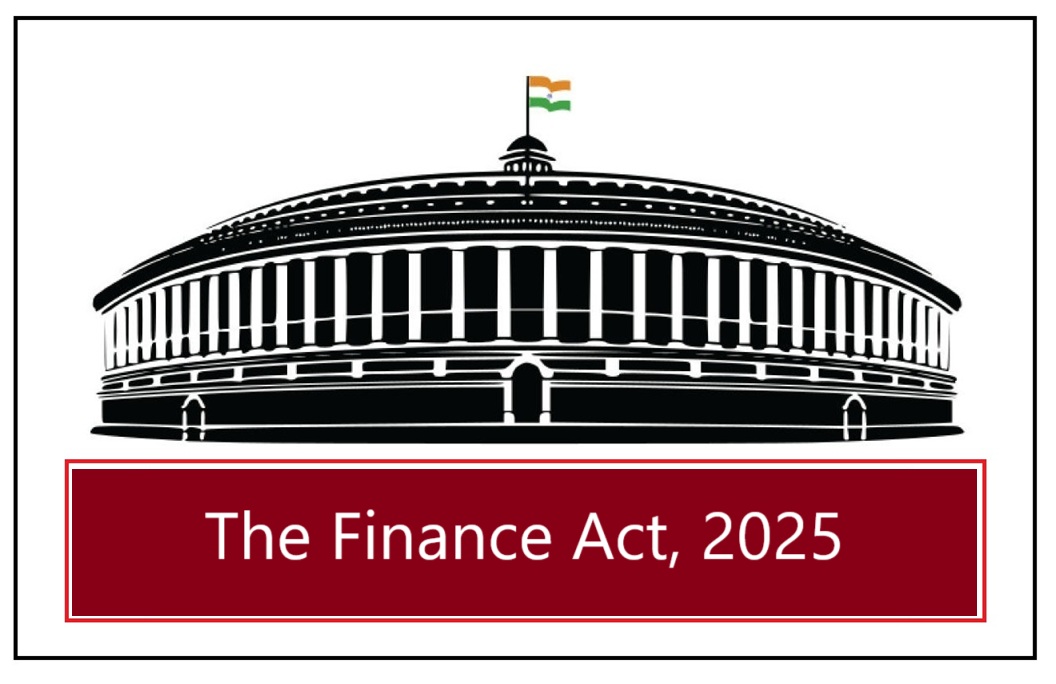The Gorakhpur Tragedy, August 2017 — A Dark Chapter in India's Healthcare
In August 2017, India woke up to one of the most heartbreaking and shocking news headlines — over 60 children died in Baba Raghav Das (BRD) Medical College, Gorakhpur, Uttar Pradesh. Within just a few days, the hospital witnessed a horrifying surge in deaths, triggering a nationwide outcry and raising serious questions about the state of public healthcare, administration, and accountability.
What Exactly Happened?
Between August 10 and August 12, 2017, more than 60 children, many of them infants, tragically lost their lives at BRD Medical College. The hospital, which is a major healthcare center in Eastern Uttar Pradesh and surrounding regions, reportedly faced a severe shortage of oxygen supply in its neonatal and encephalitis wards.
It was later revealed that the oxygen supplier had stopped the supply due to unpaid bills amounting to around ₹68 lakh. As a result, critically ill children were left gasping for breath, leading to the fatal disaster.
The Official Response
The Uttar Pradesh government initially denied that the deaths were caused by an oxygen shortage, citing various medical reasons such as Acute Encephalitis Syndrome (AES) and other complications common during monsoon seasons. However, media reports, eyewitness accounts, and hospital insiders indicated that the interruption in oxygen supply was a significant factor in the sudden spike in fatalities.
The Chief Minister of Uttar Pradesh, Yogi Adityanath, who is also the Member of Parliament from Gorakhpur, visited the hospital but faced criticism for the delayed response and lack of preventive action.
Public Outrage and Media Coverage
The incident stirred anger across the nation. People questioned:
- How could a government-run hospital run out of something as basic as oxygen?
- Who was responsible for the unpaid dues?
- Why was there no backup arrangement despite repeated warnings?
Several news agencies, journalists, and activists exposed administrative negligence and mismanagement in hospital operations.
The Aftermath
Following the incident:
- The hospital's Principal, Dr. Rajeev Mishra, was suspended and later arrested along with other staff.
- An inquiry committee was formed to investigate the matter.
- Compensation was announced for the families of the victims.
- The state government also promised to revamp the healthcare infrastructure.
However, many critics argued that the steps were too little, too late.
Larger Issue: Encephalitis in Eastern Uttar Pradesh
The Gorakhpur region has historically been a hotspot for encephalitis, a disease that disproportionately affects poor and rural children. Every year, hundreds of children die due to encephalitis, malnutrition, and lack of access to quality healthcare.
While the 2017 incident brought attention to the issue, the root problems — underfunded hospitals, poor sanitation, and weak health infrastructure — remain challenges.
Lessons from the Gorakhpur Tragedy
The Gorakhpur tragedy is a grim reminder that:
- Public healthcare requires urgent attention and investment.
- Accountability and transparency in hospital administration are non-negotiable.
- Preventable deaths due to negligence are unacceptable in any civilized society.
New Development: Mysterious Call to Stop the Broadcast
In a recent interview conducted on 29th March 2025 between Manoj Rajan Tripathi and journalist @shubhankrmishra, Manoj revealed a shocking detail related to the Gorakhpur incident. He claimed that during the critical hours of the tragedy, they received a call from an unknown person instructing them to "close within 5 minutes of broadcast".
This statement has added a fresh layer of controversy and mystery to the already sensitive case.
Manoj's claim has raised several questions:
- Who was behind this call?
- Was there an attempt to suppress information?
- Was it an act to avoid panic or hide negligence?
The interview has sparked new debates on social media and among civil society about the possible pressure faced by whistleblowers, doctors, and hospital staff during the crisis. It also brings back attention to the issue of media censorship and manipulation of information during emergencies.
While no official confirmation or investigation into this claim has been made public yet, it has certainly reignited the call for a fresh and independent inquiry into the Gorakhpur tragedy.
Conclusion
The incident is not just about statistics but about real lives lost — children who could have been saved if the system had functioned properly. The Gorakhpur tragedy should serve as a wake-up call for policymakers, healthcare administrators, and society at large to prioritize health as a fundamental right, not a privilege.

Can AI Block You on Twitter? Understanding AI-Powered Moderation
Explore how artificial intelligence is used on Twitter for content moderation, account restrictions,...

The Gorakhpur Tragedy, August 2017 — A Dark Chapter in India's Healthcare
In August 2017, India woke up to one of the most heartbreaking and shocking news headlines — over ...
The 2008 IBN7 Cash for Vote Sting Operation — Exposing the Dark Side of Indian Politics
The 2008 IBN7 Cash for Vote Sting Operation — Exposing the Dark Side of Indian Politics

